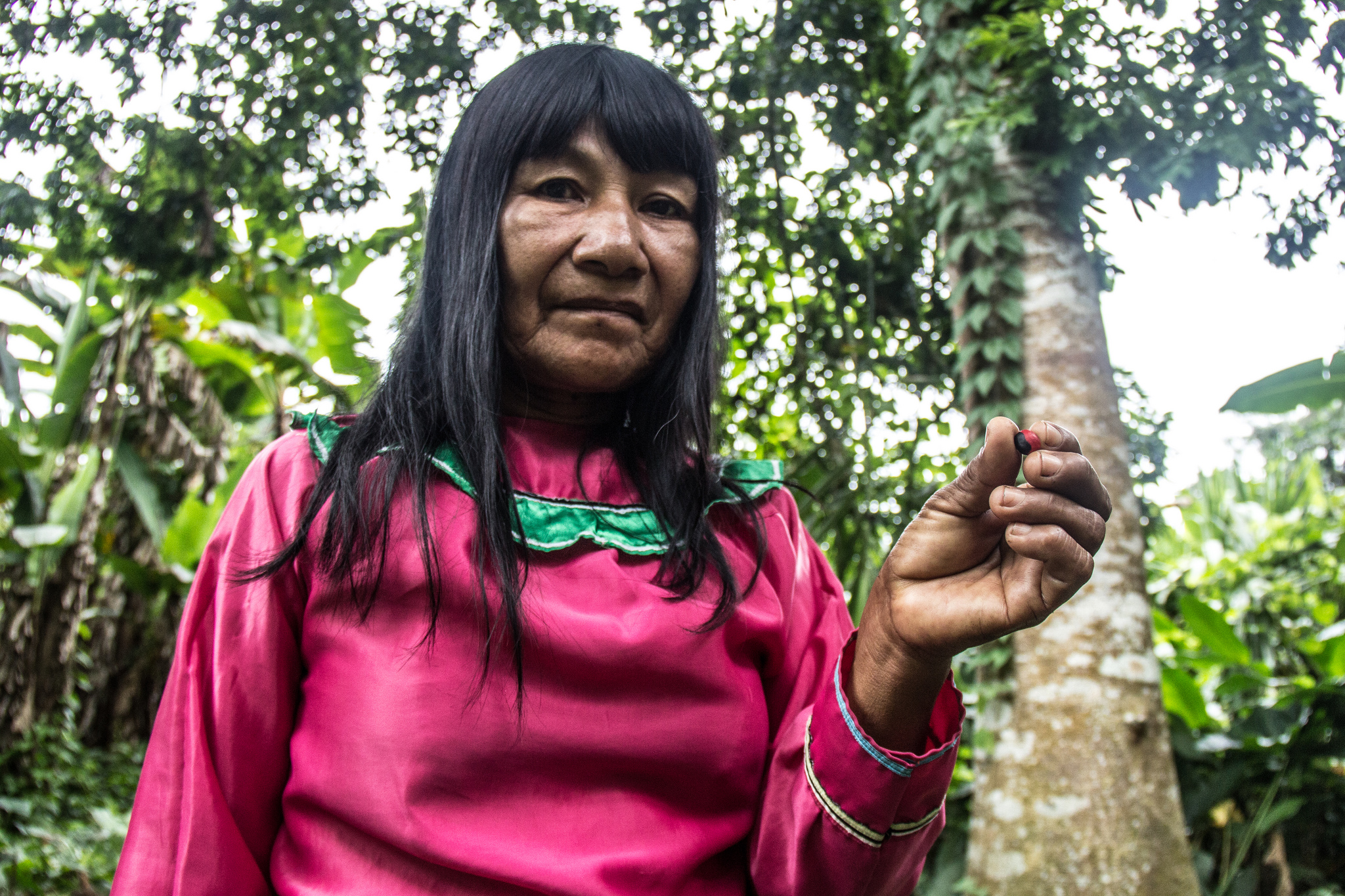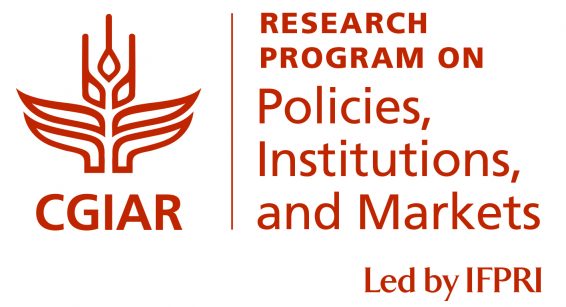This research will be presented by its authors on 21 March at the World Bank Land and Poverty Conference 2018: Land Governance in an Interconnected World in Washington, DC.
Cultivating lemongrass, palmarosa and citronella for essential oils in the forested foothills of the Himalayan mountains might sound, to some, more idyllic than revolutionary. But for the women of the Chisapani Community Forest User Group in Nawalparasi, Nepal, it represents a seismic shift in their social standing and economic well-being.
Dadhikala Poudyal is one such woman. She’s a farmer and an elected member of her group’s council. “Before, I used to be known as somebody’s wife,” she says. Now people recognize me for who I am and what I do – all because of the rights I have! It gives me a lot of confidence and pride.”
Since Nepal devolved significant tenure and extraction rights to forest-dependent communities in 1993, about 20,000 forest user groups like Poudyal’s have been established, overseeing around 30 percent of the country’s forested land. A huge range of community-owned enterprises have sprung up as a result, in areas such as eco-tourism, timber production, and growing and processing natural products, like the essential oils produced by the Chisapani group.
Partnering with investors to take their businesses further seems a logical next step for many of these enterprises, says ForestAction researcher Anukram Adhikary, “because the groups may not always have the capital or the equipment to process and produce what they want to.”
But investing in community-owned resources and enterprises is still somewhat unconventional, and methods for doing so effectively remain relatively unknown.
It’s for this reason that Adhikary and three Center for International Forestry Research (CIFOR) researchers have published a new paper exploring the investment that is already happening in community-tenured land in four countries: Nepal, Guatemala, Mexico and Namibia.
As paper co-author and Director of CIFOR’s Equity, Gender and Tenure research program, Steven Lawry, explains, “These four countries have all undertaken major shifts in policy to give communities tangible rights to resources. We wanted to see what happened next. How do communities make use of their rights in terms of developing new kinds of enterprises? And how do investors respond?”
THE COMMONS: TRAGEDY OR INVESTMENT OPPORTUNITY?
Given global commitments to large-scale environment and development initiatives such as the Sustainable Development Goals (SDGs), there’s a clear need for more private investment in sustainable land development. “The costs of shifting to more sustainable production practices and value chains is going to be huge, so ensuring that private capital is targeting environmentally and socially sustainable enterprises is critical,” explains CIFOR research consultant and paper co-author Sophia Gnych.
But finding investors to put money into community-owned land initiatives can be a challenge. While much of the world’s remaining forested land is held in common, many Western academics have dismissed the idea that community land tenure can yield efficient, cost-effective and sustainable solutions for land management and local livelihoods.
As argued in Garrett Hardin’s famous 1968 treatise on the “tragedy of the commons”, without clear property rights, people will race to capture resources, leading to exploitation. Productivity will also be reduced, as people won’t have an incentive to invest if they cannot generate individual returns. This work has been refuted widely, but the co-authors found that it bears truth: concerns around the economic efficacy of community tenure still stand in the way of attracting private investment to the commons.
“The main issue is that investing in community-owned resources is a relatively unknown model for commercial investors,” says Gnych. “Ultimately with investment, it comes down to risk and reward, and if your job is to make some sort of profit, then you have to have some guarantees. So it’s important to start providing better information on the investment potential.”
I used to be known as somebody's wife. Now people recognize me for who I am and what I do


